Mir Space Station | Soviet Russia’s Space Outpost
Russia’s Space Base
The Mir Space Station is a legendary modular spacecraft assembled in orbit by the Soviet Union and Russia between 1986 and 1996. Lasting a total of 15 years, three times longer than originally planned, Mir completed an amazing 86,331 orbits of Earth while in space! After hosting its cosmonauts and astronauts from various countries the station was deorbited in 2001 and burnt-up over the South Pacific Ocean.
Mir Space Station Fast Summary Facts
- Type: Space Station
- Destination: Low Earth Orbit (LEO)
- Status: Burnt up on re-entry
- Launch Location: Baikonur Cosmodrome
- Launch Date: Feb 20th 1986 – April 23rd 1996
- Re-entry Date: March 23rd 2001
The 10 Most Interesting Facts About The Mir Space Station!
- The original planned lifespan of Mir was just three to five years. Mission extensions meant it lasted 15 years!
- Once complete, the Mir Space Station had a mass of 130,000 kilogram (286,000 pounds) and measured 19 m (62ft) x 31 m (102ft) x 27.5 m (90ft).
- Orbiting Earth at an altitude of 360 km (225 miles) and speed of 28,600 km/h (17,800 mph) Mir would complete 15.7 orbits a day and a total of 86,331 during its lifetime!
- Too big to launch in one piece, Mir was launched and constructed in space piece by piece. The space station consists of six major modules, providing living space, power generation along with laboratory and storage facilities.
- The Soviet Union used their Soyuz spacecraft to transport crews to and from the space station. The Progress-M spacecraft transported cargo and supplies.
- After the collapse of the Soviet Union in 1991, American NASA astronauts visited the space station through the Mir-Shuttle program. A total of 9 Space Shuttle missions docked with Mir - Atlantis (7), Discovery (1) and Endeavour (1).
- The Mir Space Station hosted 28 long expeditions, predominately conducting scientific experiments. Cosmonaut Valeri Polyakov spent nearly 438 days in space – a record that still stands! Space traveller records.
- Due to age and lack of funds, the Mir Space Station began experiencing a number of failures and mishaps during the 1990s. The most serious occurred on June 25, 1997, when a Russian supply ship collided with the station's solar panels, almost dooming the station.
- On account of continued issues with Mir and a concern that the station could re-enter Earth’s atmosphere over a populated area, a decision was made to ‘deorbit’ Mir in a controlled manner over the Pacific Ocean. Russia was also committed to funding the development of the new International Space Station.
- A Russian resupply vessel was docked with the station and after several firings of its rocket engines, the station re-entered Earth’s atmosphere over the South Pacific Ocean. The majority of the station burnt up during re-entry, however, some did survive and landed in the ocean.
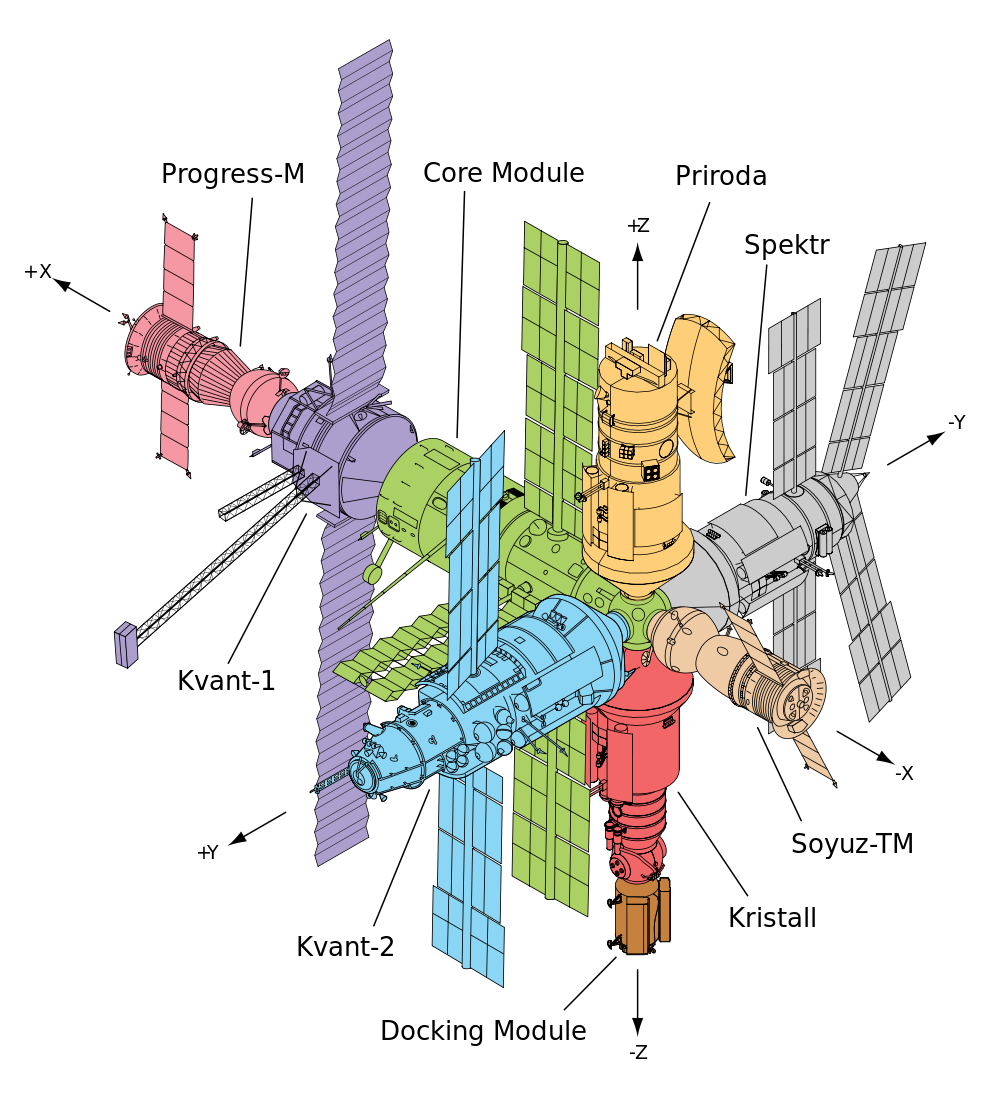
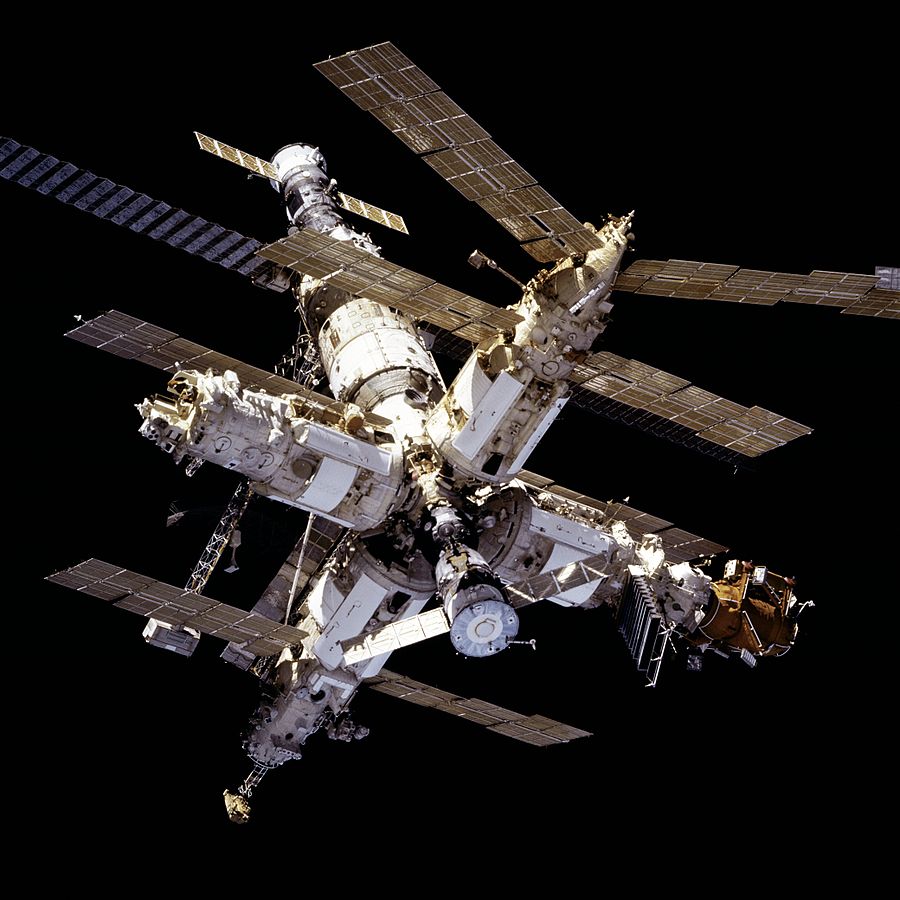
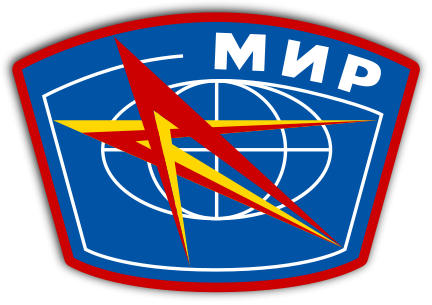
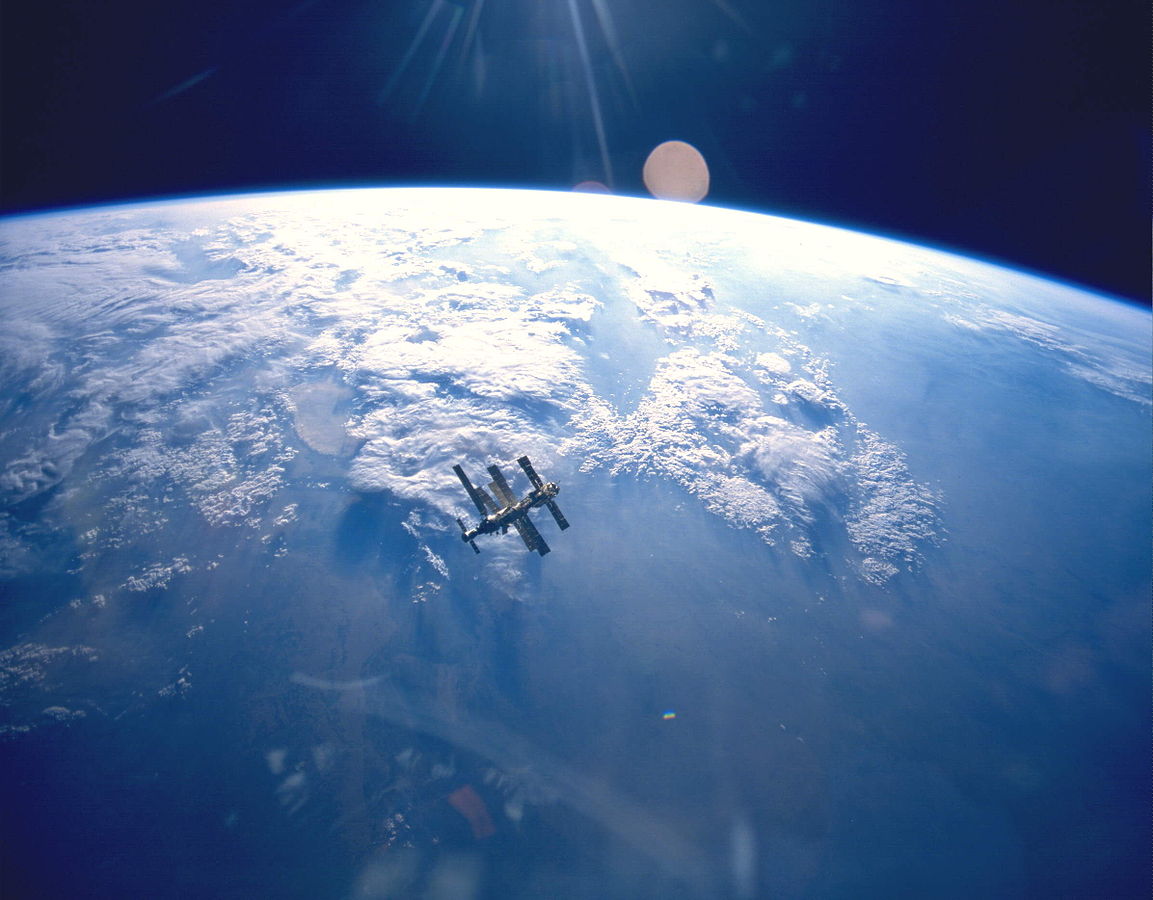
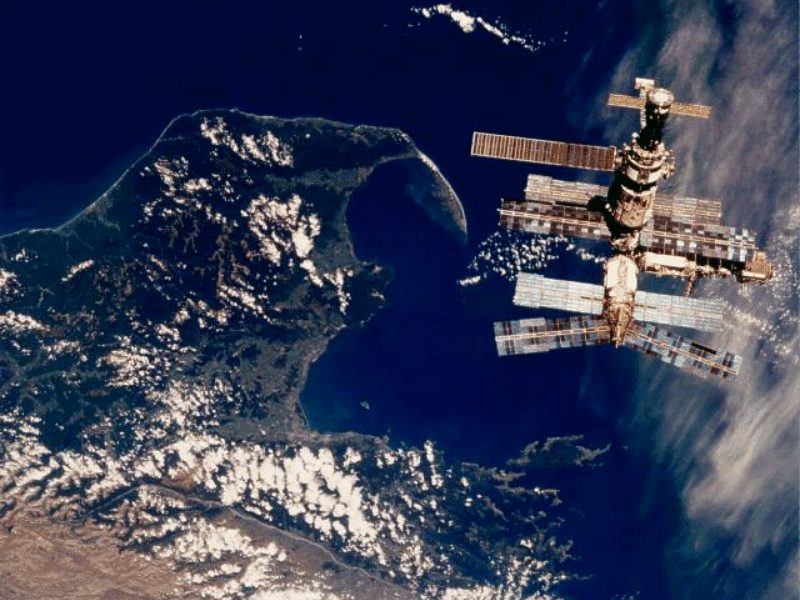
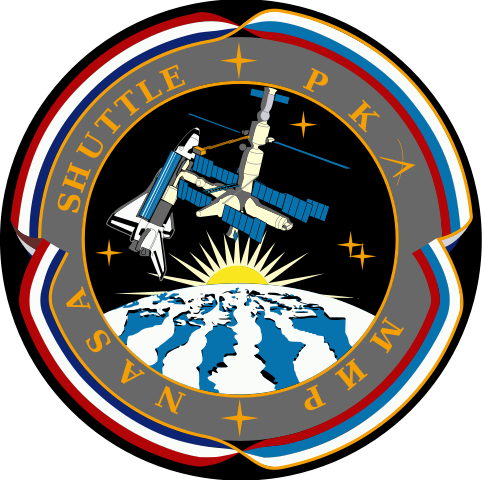
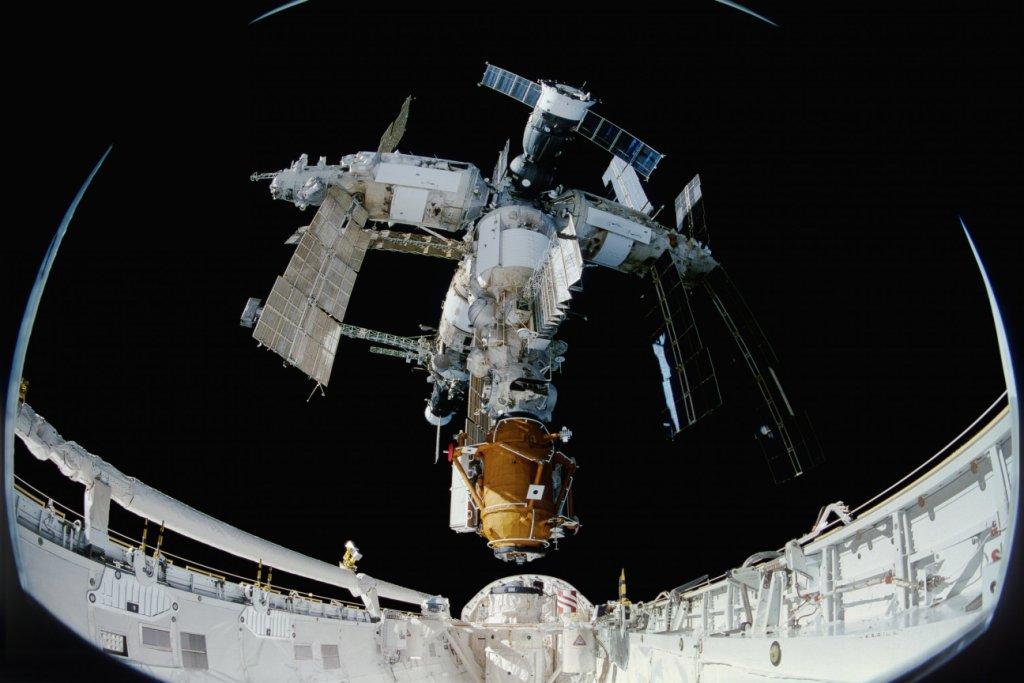
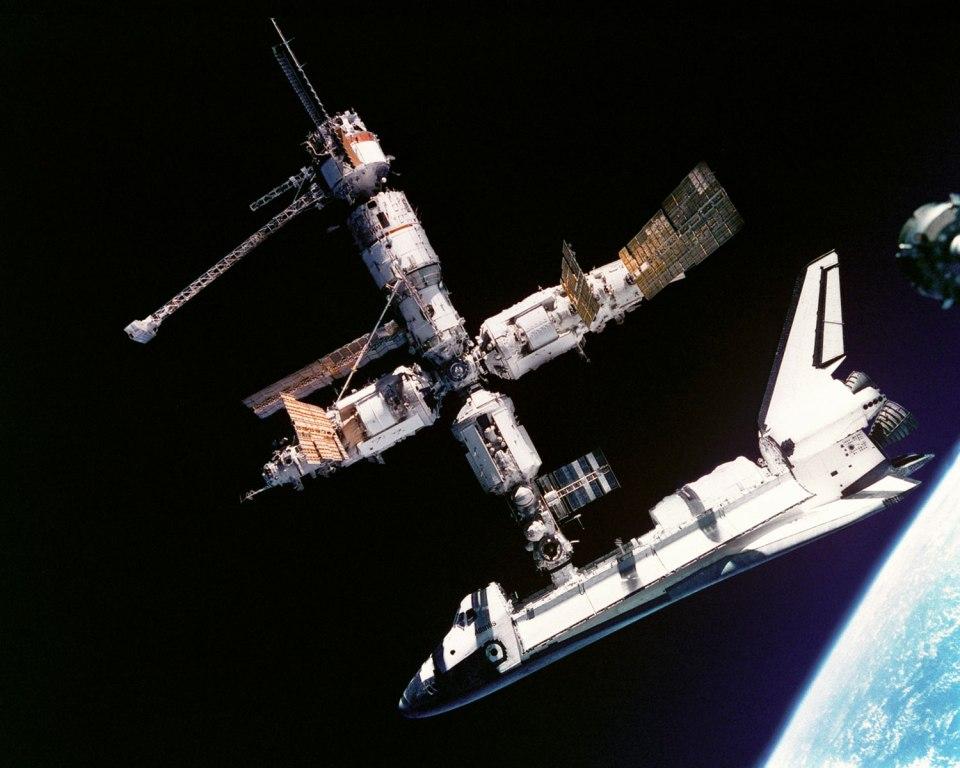
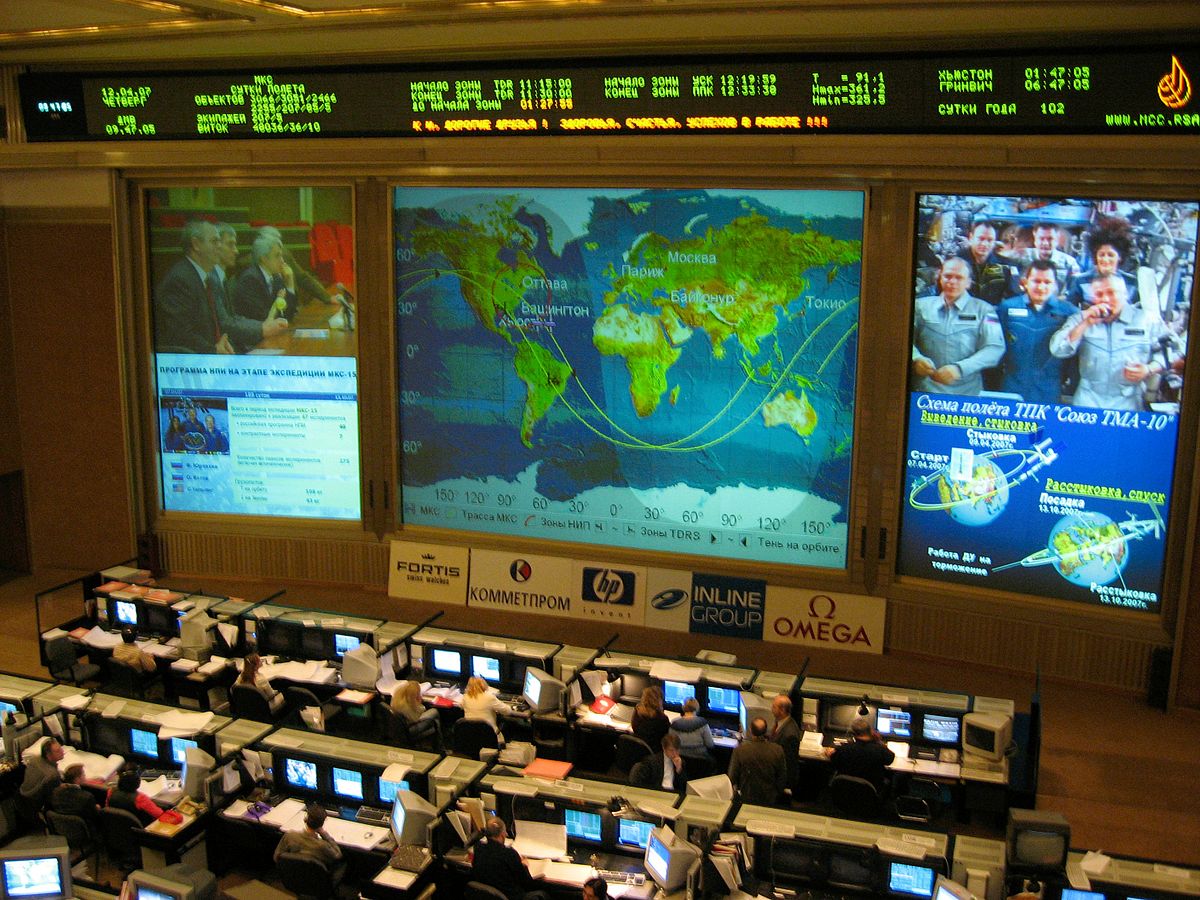
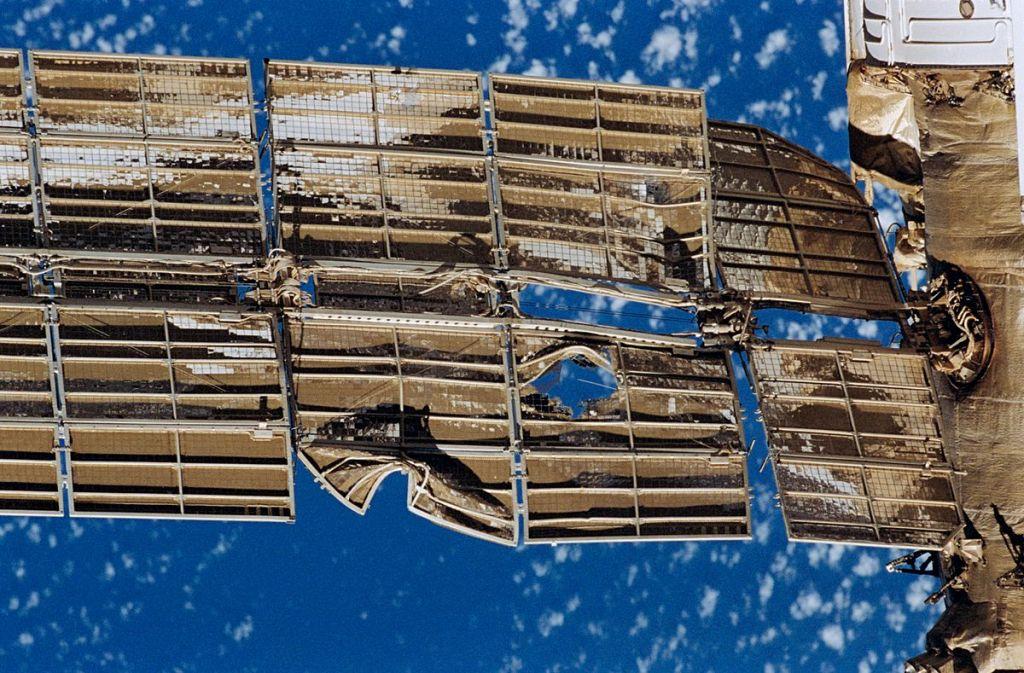
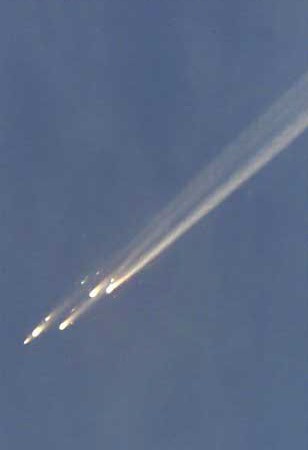
Mir Diagram
Final Configuration
Mir Insignia
Mir Orbits
Mir Space Station
Shuttle-Mir Patch
Rendezvous
Mir And Shuttle
Russian Mission Control Center
Damaged Solar Panel
Reentry















